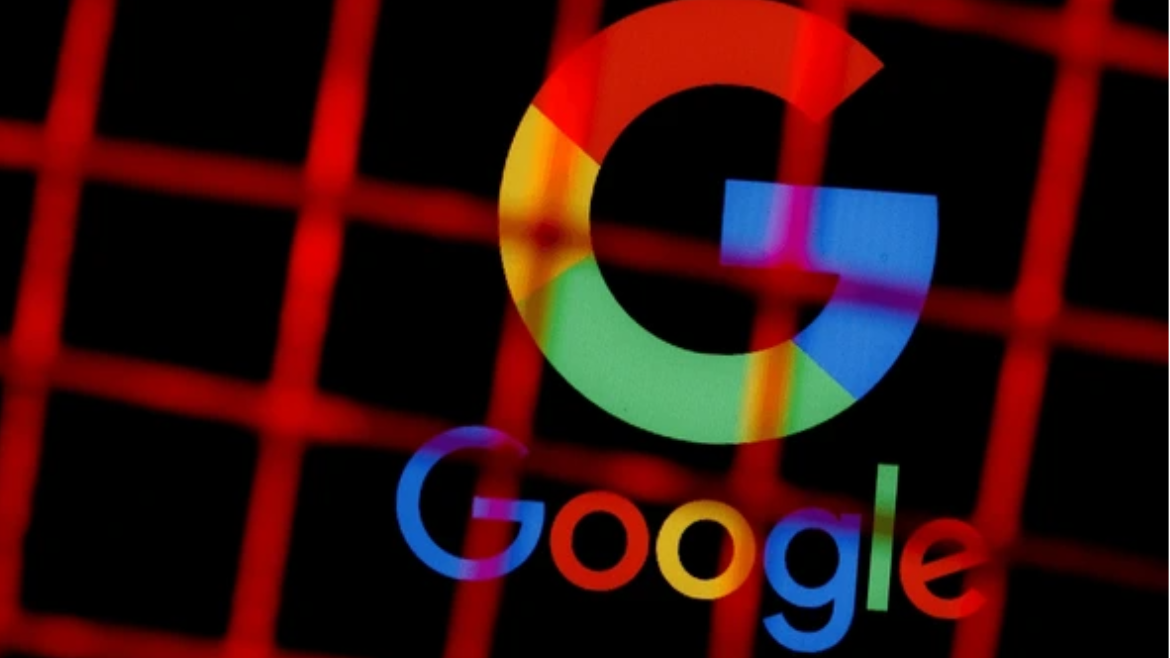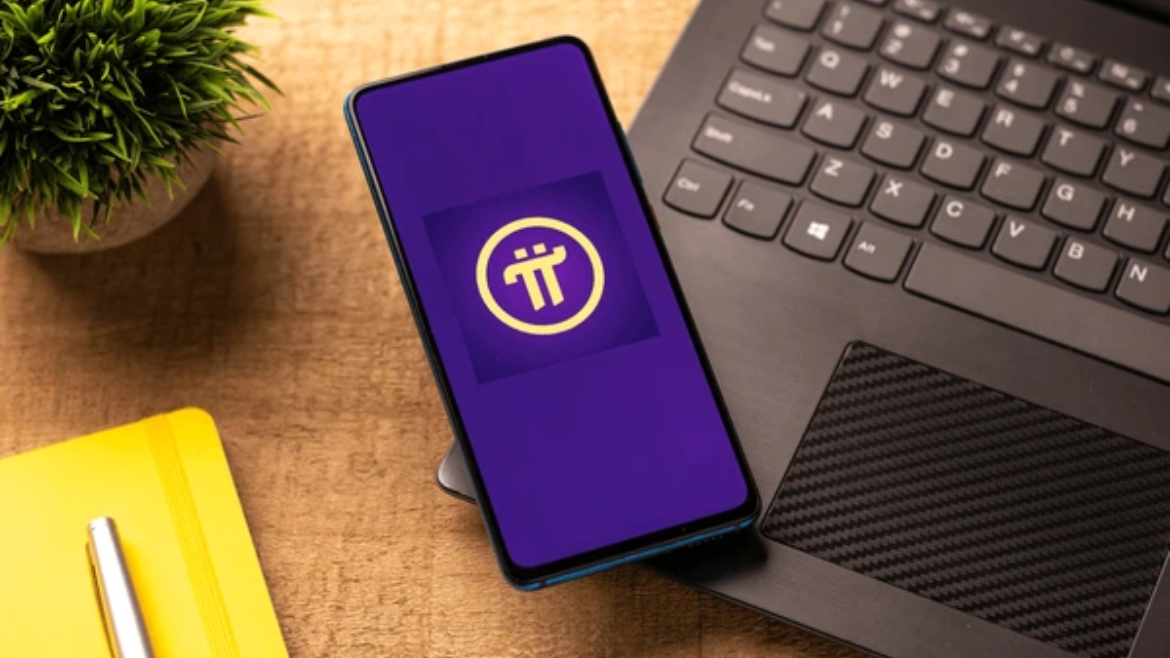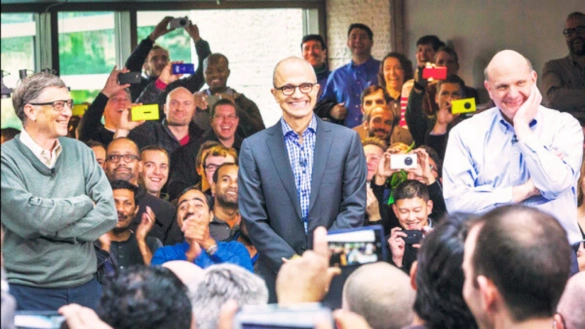Introduction
In today’s remote-first world, companies rely heavily on virtual interviews and digital onboarding. While this shift has unlocked flexibility and global talent pools, it has also opened the door to a new breed of candidate fraud: AI-generated deepfakes. In 2024 alone, Persona—a San Francisco–based identity verification platform—blocked over 75 million deepfake and face-spoofing attempts, marking a fifty-fold surge in fraud activity compared to prior years. This milestone underscores both the scale of the threat and the urgency for enterprises to adopt sophisticated, multilayered defenses against hiring fraud.
The Rise of Deepfake Hiring Fraud
Generative AI tools now enable bad actors to fabricate realistic candidate profiles complete with synthetic faces, voices, and documents. A deepfake attack may involve:
AI-generated video avatars that mimic real people using tools like DeepFaceLive
Synthetic resumes tailored to pass automated screening systems
Counterfeit IDs and forged credentials embedded with plausible QR codes
Proxy interviews, where an impostor conducts the live video screening
Such attacks can slip through traditional identity checks, cost companies significant time and resources, and even expose sensitive intellectual property. By 2028, one in four candidate profiles worldwide may be fraudulent if advanced verification measures are not widely adopted.
Persona’s Multimodal Detection Platform
Persona’s Workforce Identity Verification (IDV) solution combats hiring fraud with a multimodal approach that analyzes signals across several dimensions:
Selfie-to-ID Matching
Compares a live selfie against government-issued ID photos using advanced facial recognition to ensure the person on camera matches the document presented.
Liveness Detection
Employs both active (e.g., prompting head movements) and passive checks to verify that the image feed is not coming from a screen or recording device.
Behavioral and Device Signals
Monitors device characteristics (browser fingerprints, camera metadata) and user behaviors to detect anomalies indicative of scripted or automated interactions.
Environmental Context
Analyzes network and geolocation data (time zones, IP patterns) to flag inconsistencies, such as a user claiming to be in one region while connecting from another.
“AI is evolving at a rapid pace, improving faster than our capacity to detect purely based on input,” explains Rick Song, CEO of Persona. “However, by combining visual, behavioral, and passive signals in real time, our models stay ahead of sophisticated deepfake attempts.”
Seamless Enterprise Integration
Recognizing the need for rapid deployment, Persona has built native integrations with leading identity and access management (IAM) platforms like Okta’s Workforce Identity Cloud and Cisco Duo. Organizations can:
Integrate in under an hour, leveraging existing HRIS and IAM workflows without custom development
Sync verified identity data directly into HR systems, streamlining onboarding and reducing manual reconciliation
Scale globally, with support for ID verification across 200+ countries and territories and localization in 20+ languages
This plug-and-play model accelerates time to value, enabling security and HR teams to focus on core operations rather than bespoke integration projects.
Impact on Corporate Security
By thwarting over 75 million AI-driven spoofing attempts in 2024, Persona has demonstrated the real-world efficacy of layered identity verification. Key industry takeaways include:
Staggering growth
Deepfake fraud attempts have risen fifty-fold in just a few years
High stakes
Beyond wasted recruitment budgets, fraudulent hires can introduce malware, leak confidential data, or facilitate corporate espionage
National security concerns
State-sponsored actors, including North Korean IT workers, have targeted American enterprises to infiltrate sensitive systems
Arms race
As generative AI advances, identity platforms must continuously refine detection techniques to differentiate authentic human cues from synthetic artifacts
Gartner’s forecast that 25% of candidate profiles will be fake by 2028 drives home the necessity for proactive measures now.
Best Practices for Organizations
To defend against AI-powered hiring fraud, companies should adopt a holistic verification strategy:
Layered Checks
Combine document verification, biometric liveness, and device behavioral analysis rather than relying on a single control point
Automated Orchestration
Use risk-based workflows that dynamically adjust friction based on session context (e.g., increased scrutiny for high-risk geolocations)
Continuous Monitoring
Extend identity signals into post-hire activities to detect insider threats, such as anomalous access patterns or device switches
Employee Education
Train HR and IT teams to recognize deepfake red flags—unusual interview delays, inconsistent audio-video sync, or overly polished candidate presentations
By embedding identity checks early in the recruitment funnel, organizations minimize exposure to fraudulent candidates and safeguard both security and brand reputation.
Looking Ahead: Evolving Threats and Persona’s Roadmap
The deepfake landscape will continue to evolve alongside AI innovation. Persona plans to:
Expand signal libraries to incorporate emerging artifacts from next-generation generative models
Enhance real-time adaptation by refining machine-learning pipelines to detect subtle visual and behavioral fingerprints left by new AI spoofing methods
Broaden ecosystem partnerships by integrating with additional HRIS, applicant tracking systems (ATS), and security information and event management (SIEM) platforms
Through ongoing research and collaboration with cybersecurity experts, Persona aims to maintain industry leadership in deepfake defense and workforce identity assurance.
Conclusion
As AI-driven candidate fraud escalates, robust identity verification has become a strategic imperative. Persona’s record of blocking over 75 million deepfake attempts in 2024 demonstrates the power of a multimodal, signal-rich approach to securing remote hiring workflows. By integrating seamlessly with enterprise systems and continuously evolving detection methods, Persona enables organizations to hire with confidence, safeguard sensitive data, and stay ahead of an ever-advancing arms race in AI deception.
Frequently Asked Questions
Q1: What is a deepfake?
A deepfake is a synthetic media artifact—video, image, audio, or text—generated by AI models to convincingly mimic real people or events, often used maliciously to deceive viewers.
Q2: How does Persona detect deepfakes?
Persona employs multimodal verification—combining selfie-to-ID matching, liveness detection, device and behavioral signals, and environmental context—to identify AI-generated forgeries.
Q3: Can Persona integrate with my existing HR systems?
Yes. Persona offers native integrations with leading IAM and HRIS platforms such as Okta Workforce Identity Cloud and Cisco Duo, enabling deployment in under an hour.
Q4: Which regions does Persona support?
Persona’s global identity verification covers over 200 countries and territories, with localized support in more than 20 languages.
Q5: How significant is the hiring-fraud threat?
One in four candidate profiles may be fraudulent by 2028, driven by increasingly accessible generative AI tools.
Q6: What ongoing support does Persona provide?
Persona continuously updates its detection models, expands signal libraries, and offers customer success resources to adapt to emerging deepfake techniques.














0 Comments